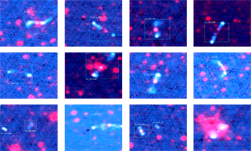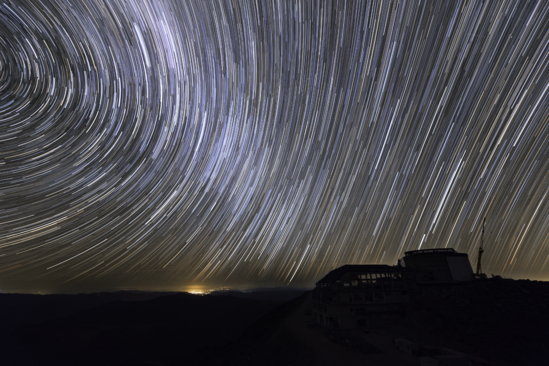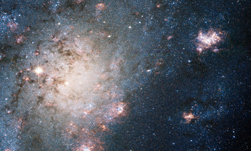Researchers from the University of Western Australia have developed a deep learning system that can identify galaxies in deep space.
The system, called ClaRAN, presents a system that scans images taken by radio telescopes and spots radio galaxies that emit powerful radio jets from their black holes.
Dr. Ivy Wong, an astronomer from the University of Western Australia, and an author of the research says black holes are found at the center of most, if not all, galaxies.
“These supermassive black holes occasionally burp out jets that can be seen with a radio telescope,” Wong said. “Over time, the jets can stretch a long way from their host galaxies, making it difficult for traditional computer programs to figure out where the galaxy is. That’s what we’re trying to teach ClaRAN to do.”
The work uses the Faster Region-based Convolutional Neural Network (Faster R-CNN), developed by Microsoft and Facebook researchers as a base. The team says the program was completely overhauled and trained to recognize galaxies instead of people.
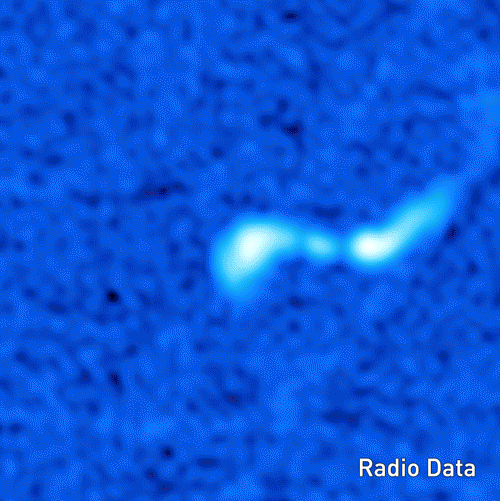
Using NVIDIA Tesla GPUs and the cuDNN-accelerated TensorFlow deep learning framework, the team trained their convolutional neural network on thousands of world coordinate system-aligned radio and infrared image pairs. The neural network then classifies them into one of six morphology classes.
Dr. Wong says traditional computer algorithms identity around 90 percent of the sources. “That still leaves 10 percent or seven million ‘difficult’ galaxies that have to be eyeballed by a human due to the complexity of their extended structures,” Dr. Wong explained.
“If ClaRAN reduces the number of sources that require visual classification down to one percent, this means more time for our citizen scientists to spend looking at new types of galaxies,” she said.
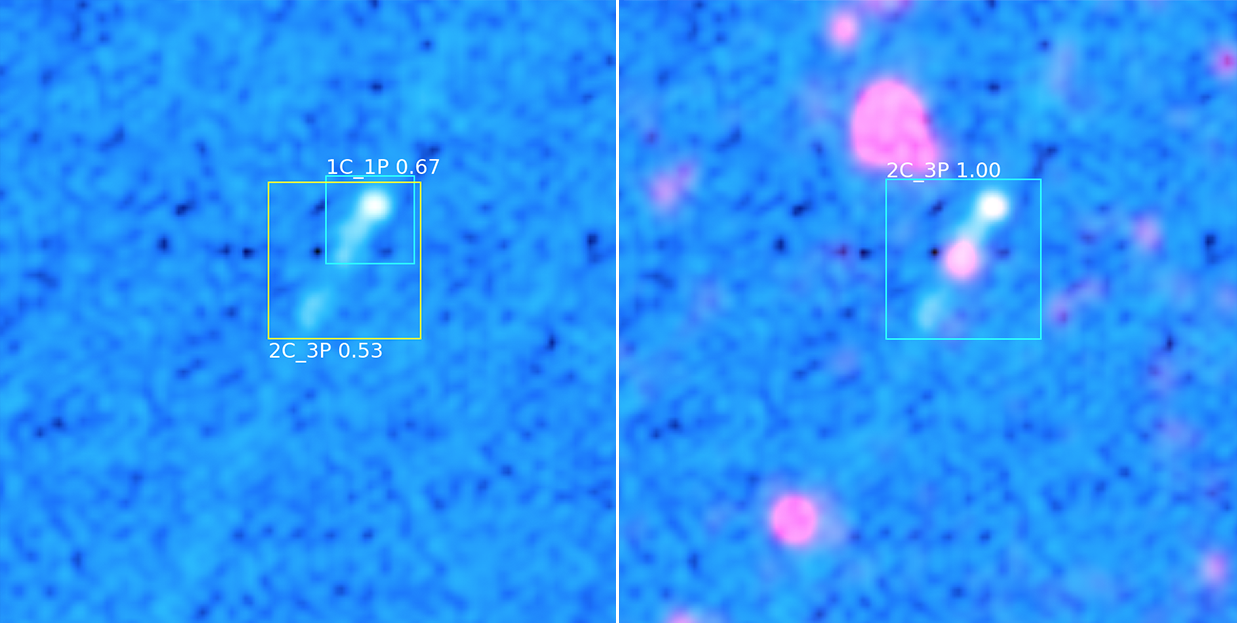
The researchers have published the code for ClaRAN on GitHub.
A research paper describing the method was also published in Monthly Notices of the Royal Astronomical Society, published by Oxford University Press today.
Read more>
To see more amazing breakthroughs, make sure to attend NVIDIA Founder and CEO Jensen Huang’s keynote at SuperComputing 2018 in Dallas, Texas on November 12 at 3:00 PM CT
